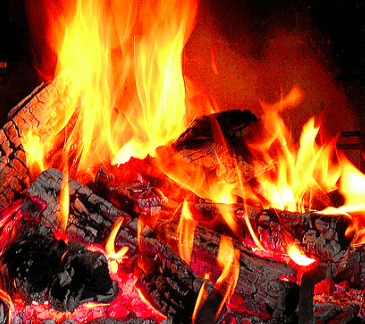Gay-Lussac Assay Method of Silver Determination
This old and well-known method of determining silver is, in bullion work, so far superior to the furnace-assay that it is looked upon with reverential awe by many, if not by most, users, and its ease of execution, with proper equipment, commends it highly where much commercial bullion work on silver is required. The method […]
Electrostatic Concentration Ores & Minerals
Electrostatic separation of ores in its present form is generally known as the Huff process, from the name of Charles H. Huff, of Boston, Mass., through whose constant and persistent labors (with the invention of Clinton E. Dolbear as a basis) the successful commercial process embracing separative machinery and the various electrifying devices has been […]
Electric Miner’s Lamp
Torches were used by the early Romans for mine-lighting, and these were followed by open lamps or earthen jars filled with tallow or oil, and later by candles. In early coal-mining, explosive gases seldom occurred, and, if they were encountered, the danger of explosion was materially diminished by the absence of any ventilating-system and the […]
Assay Determination of Platinum in Ore & Gold Bullion
By the old method of determining platinum in ores and bullion, the silver-alloy first obtained in the regular course of assay is parted in strong sulphuric acid and the residual metal weighed. This is re-alloyed with silver by a second cupellation and parted in nitric acid, the residual metal being again weighed. Any difference shown […]
Curves for the Sensible Heat Capacity of Furnace Gases
Knowledge of the thermal capacity of gases is of great importance in making metallurgical calculations. The metallurgist is frequently called upon to investigate and determine furnace efficiencies in which the heat carried into or out of the furnace by gases is a large item in the heat balance. Not only do such problems present themselves in […]
Copper Smelting Furnace
The early development of the reverberatory furnace for smelting copper ores was the work of the Welsh smelters, particularly those of Swansea. The first record of a reverberatory furnace is made by Jars, who states that copper-smelting was effected in reverberatory furnaces at Middleton-Tyas, in Yorkshire, England. The first patent, of any importance, for improvements […]
Chloridizing Leaching
Outline of the Chloridizing Leaching Process: The Mines Operating Co.’s plant at Park City, Utah, was designed to treat the low-grade fillings in the old stopes of the Ontario mine. These fillings carry 6 to 14 oz. of silver, 1 to 2 lb. copper, 0.01 to 0.015 oz. of gold, and a small percentage of lead […]
Assay of Gold and Silver by the Iron-Nail Method
The iron-nail method of assaying has been used for a number of years, but has not met with the approval of all assayers. The method possesses advantages which may be given as follows: (1) no preliminary treatment is required; (2) a lead button of proper size can be obtained; (3) it is economical. On the […]
Copper Bullion Assay
Someone some time ago remarked that some chemists still insist on telling us how to determine copper by the electrolytic method. The writer must confess that he believes that everything is not known definitely as yet as to how the exact amount of copper is determined in such material as purest commercial electrolytic copper. Some […]
Wood Burning Assay Furnace

Wood burning assay furnaces are made with single and double muffles and are much like the soft coal furnaces except that a larger firebox and grate are used. Wood is usually sawed in 2-foot lengths and with dry wood the muffle may be easily heated sufficiently for assaying. Hard wood is much to be preferred […]
